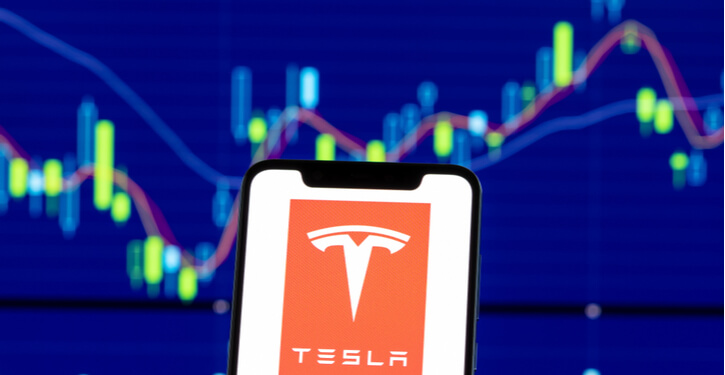EV giant Tesla Inc. (NASDAQ:TSLA) has faced a fresh setback as the National Highway Traffic Safety Administration announced on Thursday that the company is recalling over 125,000 vehicles due to a malfunction in the seat belt warning system. This news adds to a series of challenges the company has encountered in recent times, including efforts to gain full self-driving approval in China and labor-related issues in Europe.
Recall concerns and business challenges
The recall, affecting various Tesla models from 2012 to 2023, underscores the importance of safety compliance in the automotive industry. This incident follows previous recalls, such as the one in April for certain 2024 Cybertruck vehicles and a larger recall in February for brake warning light issues.
In addition to regulatory concerns, Tesla is navigating complexities in international markets. Efforts to gain full self-driving approval in China reflect the company’s strategic expansion plans. However, challenges in market share and demand, especially in China, where sales volumes have dipped, pose additional hurdles.
Investor sentiment and valuation
Tesla’s stock performance has been volatile, with a 28.5% decline year-to-date. Analysts and investors are closely monitoring factors like the proposed $56 billion compensation package for CEO Elon Musk, which proxy advisory firms have recommended against. Additionally, questions about the company’s valuation persist amid concerns of overvaluation and declining revenue growth.
Tesla’s financial performance has been impacted by production cuts, particularly in its Model Y production in China, amidst increasing competition and weakening demand. The company’s operating margin declined in the face of higher operating expenses, leading to lower earnings per share in the current quarter compared to the same quarter in the previous year.
As Tesla faces a myriad of challenges, from regulatory hurdles to market dynamics and investor sentiment, the question looms large: how will these factors impact the company’s stock performance moving forward? By examining key indicators such as moving averages, support and resistance levels, and momentum oscillators, we can gain valuable insights into the potential movements of Tesla’s stock amidst these developments. So, let’s turn our attention to the charts now.
Lower highs and lower lows since late 2022
Tesla’s long-term daily charts reveal a consistent downward trend, marked by lower highs and lower lows since its peak above $400 in late 2022. Despite a surge following its Q1 earnings, the stock struggles to surpass the $200 threshold, establishing it as a formidable near-term resistance level.
TSLA chart by TradingView
Adding to the challenge, the stock’s moving averages further signal weakness, with the 50-day moving average persistently trailing below the 100-day moving average, and the latter positioned below the 200-day moving average. This alignment suggests a sustained downturn in the medium to long term, amplifying the resistance at the $200 mark.
Given these indicators, we caution investors against initiating long positions unless the stock demonstrates a weekly breakthrough above $200. Alternatively, for traders with a bearish outlook, shorting the stock at its current level with a stop loss set at $204 could prove prudent. In the event of a loss in short-term bullish momentum, a retracement to $140 levels presents an opportunity for profit-taking.
The post Why Tesla’s stock will find it difficult to trade above $200 again? appeared first on Invezz



